M.B. Boissevain, Marin's First Farm Advisor
Historical Photographs of Marin's Agrarian Roots: 1920 - 1950
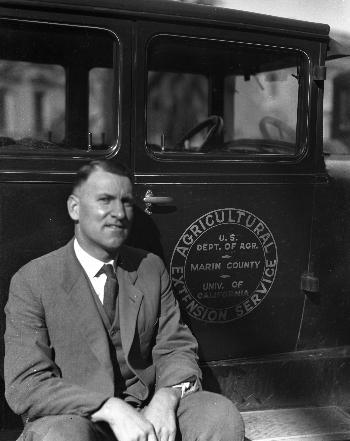
From the arrival of the Mexicans in the early 1820s, to the beginning of the Gold Rush in 1849, Marin was a rich agrarian landscape providing range for thousands of longhorns. Gradually, they were replaced by dairy cows as immigrants arrived from Europe, farming the rich forage that grew here with proximity to the developing city of San Francisco.
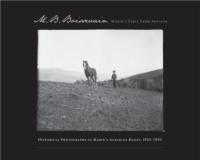
Purchase through UCCE Marin
online at: http://ucanr.org/boissevain,
or contact (415) 473-4204,
or banielsen@ucanr.edu
Books are also available at:
Book Passage
Jack Mason Museum
Point Reyes Books
Toby's Feed Barn
Tomales Regional History Center
Listen to Dewey Livingston and David Lewis discuss Boissevain on KWMR's Epicenter
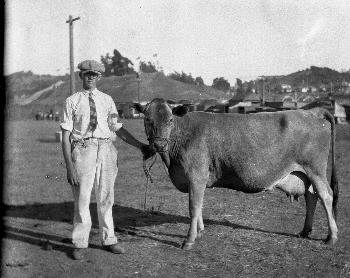
Boissevain was also a talented and prolific photographer, and his 4 x 5-inch negatives capture a rarely seen view of the people and the land during the early part of the 20th century. As part of his farm advisor role and duties, Boissevain captured approximately 500 photographic images of Marin agriculture including its people and farmscapes. These photographs, along with his detailed farm reports, document the development of new animal breeding practices, forage crop and soil improvements, and water quality, and erosion control improvements.
Science & Artistry: Documenting Marin's Agrarian Landscape
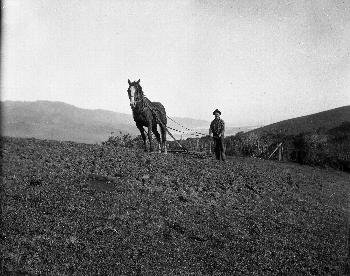
"He was just a charming man, soft -spoken but very precise about everything. I remember how much he loved Marin. I think he was part of a group that had lunch together often and I think they were responsible for the slogan ‘Marvelous Marin'." -Carol Boissevain.
Out Standing in Their Field
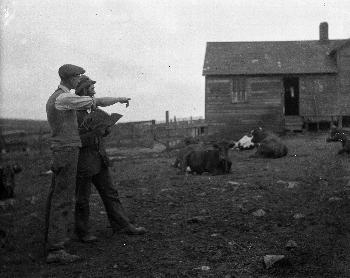
Regular cooperators with the farm advisor, Boyd Stewart in Nicasio, and A.J. Bianchi in Point Reyes Station, tested Canada, Bluebell, and Marrowfat field peas with oats for dairy hay. Kanota oats and Federation wheat seemed to produce the best combination.
"The Marin County Fair and Harvest Show was a beautiful show. The big tent was magnificent. The livestock and poultry shows were outstanding. The amusements were clean. It was a very fine little show worthy of Marvelous Marin." -M.B. Boissevain.
Pioneering Improvements in Agriculture
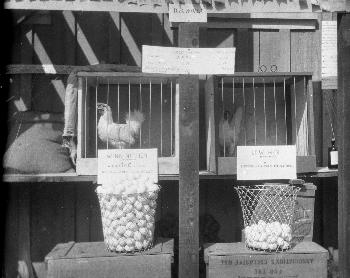
Developing Marin's Youth
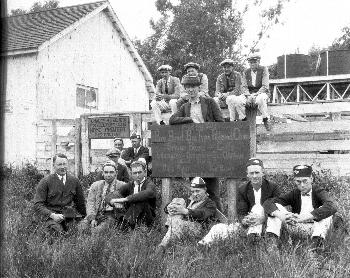
"The 4-H pig-feeding contest was brought to a close when the boys from the Presbyterian Orphanage and Farm in San Anselmo sold their pigs in San Francisco at 11 cents a pound. The pigs averaged 200 pounds each." -M.B. Boissevain.
Marin's Changing Landscapes
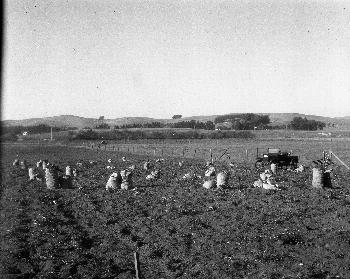
The vision of an alternative landscape with more than 125,000 people and 45,000 homes in West Marin was on track as late as 1969. That this plan did not come to fruition, and that the balance of Marin's lands are still in open space and active agriculture, is the result of establishing state and national parks and a testament to critical and timely decisions by the Marin County Board of Supervisors to preserve these lands, as well as the role of the Marin Agricultural Land Trust in further support of Marin's farm families through conservation easements.
Boissevain may or may not have been aware of the peril that change would pose to Marvelous Marin when he photographed its community and landscapes. However, his and Livingston's images are confirmation that Marin's endowment is in place.
The Marin Agrarian Roots photography exhibit is in the Grown In Marin Pavilion in the Exhibit Hall. Grown In Marin is free with gate admission to the Marin County Fair, June 30 through July 4. Sponsors of this special exhibit include:
Marin County Board of Supervisors
Jack Mason Museum of West Marin History
Marin Agricultural Land Trust
Marin French Cheese Company
The Boissevain Family
HansonBridgett LLP, Law Firm
Marin County Farm Bureau
Marin County Fair



